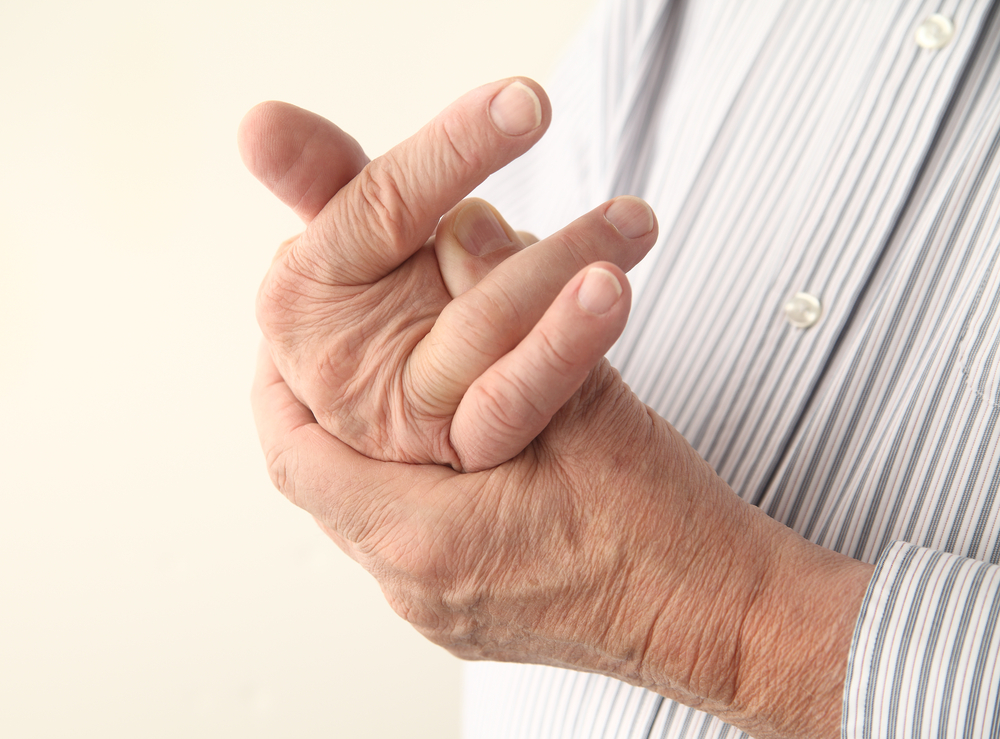OROGOLD – Hyaluronic Acid to Ease Arthritis Pain
 Arthritis pain usually occurs when arthritic joints such as your shoulders or your knees end up losing hyaluronic acid, a natural lubricant found in the human body. Researchers have discovered a man-made chemical that can prevent this lubricant from washing away, thereby helping you to reduce arthritis pain. OROGOLD reviews a set of reports which suggest that this lubricant doesn’t end up getting washed out and can ensure that your artificial joints work properly and smoothly and that the body doesn’t have to suffer from arthritis pain. This lubricant is also believed to make contact lenses feel more smooth and comfortable.
Arthritis pain usually occurs when arthritic joints such as your shoulders or your knees end up losing hyaluronic acid, a natural lubricant found in the human body. Researchers have discovered a man-made chemical that can prevent this lubricant from washing away, thereby helping you to reduce arthritis pain. OROGOLD reviews a set of reports which suggest that this lubricant doesn’t end up getting washed out and can ensure that your artificial joints work properly and smoothly and that the body doesn’t have to suffer from arthritis pain. This lubricant is also believed to make contact lenses feel more smooth and comfortable.
This discovery was made by a group of biomedical engineers at the Johns Hopkins University. These engineers found a way to make the lubricant stick to man-made molecules which ensure that it gets locked in its place on the surface of eye tissues and cartilage. According to Jennifer H. Elisseeff, working at the Johns Hopkins University as a professor of biomedical engineering, ophthalmology and materials science, this concept essentially mimics the natural functions which are lost by the human body with the help of synthetic materials.
The fact that hyaluronic acid is an abundant fluid that is found in bodily joints such as wrists, shoulders and knees was something that was common knowledge in the scientific world. It was also known that hyaluronic acid is extremely important when it comes to lubricating the tissues naturally, protect cells from metabolic damage and reduce inflammation in the skin. However, a solution which allowed humans to prevent loss of this hyaluronic acid wasn’t available until now.
Studies have proved that diseased and aging joints in the elbows, shoulders, hips and the knees have lower concentrations of hyaluronic acid, most probably because of the fact that the protein which helps in binding hyaluronic acid molecules to the surface no longer has the power to do so. As of today, hyaluronic acid injections are extremely popular when it comes to treating joint pains. However, without the power to retain hyaluronic acid on the surface, these solutions are temporary at best.
This study was also published in the Nature Materials Journal. Researchers concentrated on a molecule that is known as HABpep (a hyaluronic acid binding peptide). This molecule sticks to the hyaluronic acid and prevents it from getting washed away. Elisseeff and her fellow researchers used HABpep as the chemical handle and introduced another synthetic molecule known as polyethylene glycol into the equation. This helped to tie down the hyaluronic acid onto cartilages and eye tissues (natural as well as artificial). Tests were conducted on animal tissues and this showed that the hyaluronic acid did not wash away as easily as before.
Researchers further studied their results by injecting a HABpep combination into rat knees. This combination was designed to attach itself into the cartilage present in rat knees. Once this was done, researchers injected hyaluronic acid and it was found that it stuck around 12 times longer in rats that were injected with HABpep than in rats were not injected with HABpep.
As the studies progress to higher levels, we should witness the development of eye drop solutions to improve the comfort levels offered by contact lenses as well.

